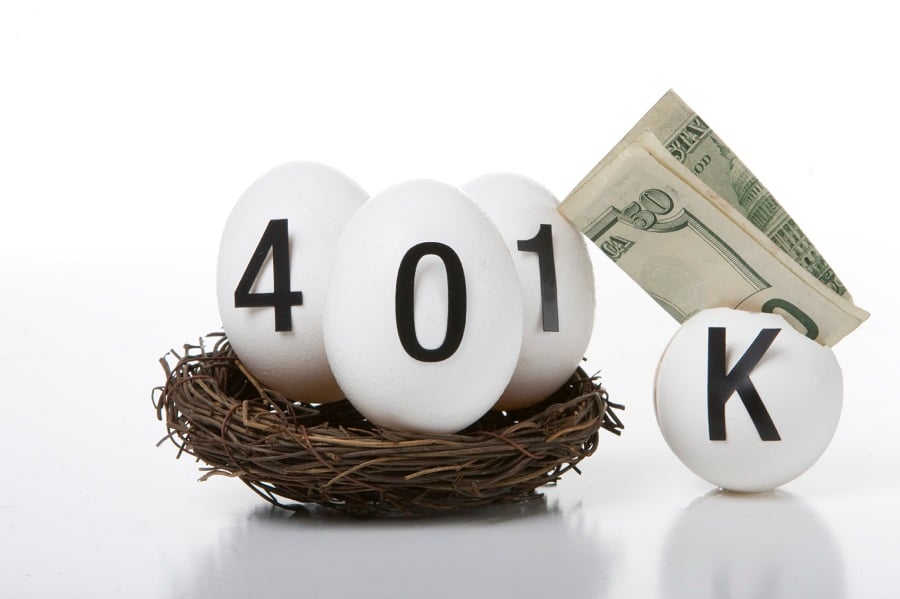Over the last decade, 401(k) plans have come to more closely resemble their slightly older cousin, the individual retirement account – at least in terms of the options of making contributions to the account. Those extra options, however, mean participants need to better understand the tax implications of their choice.
Many employers now offer employees two choices for contributing to their 401(k) plan. Contributions to a traditional 401(k) are called “pre-tax” contributions because they're deductible from taxable income. These grow on a tax-deferred basis, and withdrawals of both contributions and earnings are fully taxable.
In 2006, employers began offering a Roth 401(k) option, allowing “after-tax” contributions that are not deductible from taxable income. These contributions and the earnings on them are tax-free when withdrawn from the Roth 401(k).
High-income taxpayers are precluded from contributing to a Roth IRA, but those income limitations don't apply to the 401(k) equivalent. As a result, high-income earners sometimes feel like they should take advantage of the Roth 401(k) while they can.
Choosing between a traditional and Roth 401(k) is essentially a bet on how your clients' future income tax rates will compare to their current rate. A traditional 401(k) contribution offers a tax benefit today in exchange for future taxable income. A Roth 401(k) is the opposite — a tax cost today in exchange for tax-free income in retirement.
Deciding which tax benefit is more valuable to your client — a deduction today or tax-free income in the future — requires comparing the tax rate in the future to the tax rate today. In general, if the tax rate during the withdrawal period is higher than the current rate, the Roth 401(k) is the better option. If the current tax rate is greater, then the traditional 401(k) is better.
While it's easy to say tax rates are only going to go up, most retirees find themselves with lower income and in a lower tax bracket than during their working years. That's especially true when you look at those last couple of decades before retirement, when they're in their peak earning years.
Think of a married couple in their early 50s who have a combined $250,000 of taxable income. That places them in the 33% tax bracket today, meaning a contribution to a traditional 401(k) provides them a 33% savings.
For a traditional 401(k) withdrawal to be taxed at a higher rate, that couple would need income in retirement in excess of $413,000 — before they even begin the 401(k) withdrawals. And, when you consider that capital gains and qualified dividends — a big part of many retiree's income — don't push ordinary income to a higher-tax bracket, it's even less likely those retirees will be in a higher bracket than today.
Consider a young couple, with a more modest taxable income — say $80,000. That places them in the 25% tax bracket. To be in a higher bracket in retirement, they would need income in excess of $151,900. While that may be a more realistic scenario than the first, it's still a big increase.
Higher-income employees will probably find the tax advantages of a traditional 401(k) appealing, and the tax cost of those withdrawals in retirement less than they might have expected. While younger, lower-income individuals are more likely to benefit from forgoing the current tax advantage of the traditional 401(k) in order to have tax-free income from the Roth 401(k) in retirement, even that's not always the case.
The Roth option is popular, as the allure of tax-free income in the future can be a strong one, but a thoughtful analysis of current and future tax benefits may lead to a different conclusion for your clients.
Tim Steffen, CPA/PFS, CFP, CPWA, is director of financial planning for Robert W. Baird & Co. Follow him on Twitter @TimSteffenCPA.







